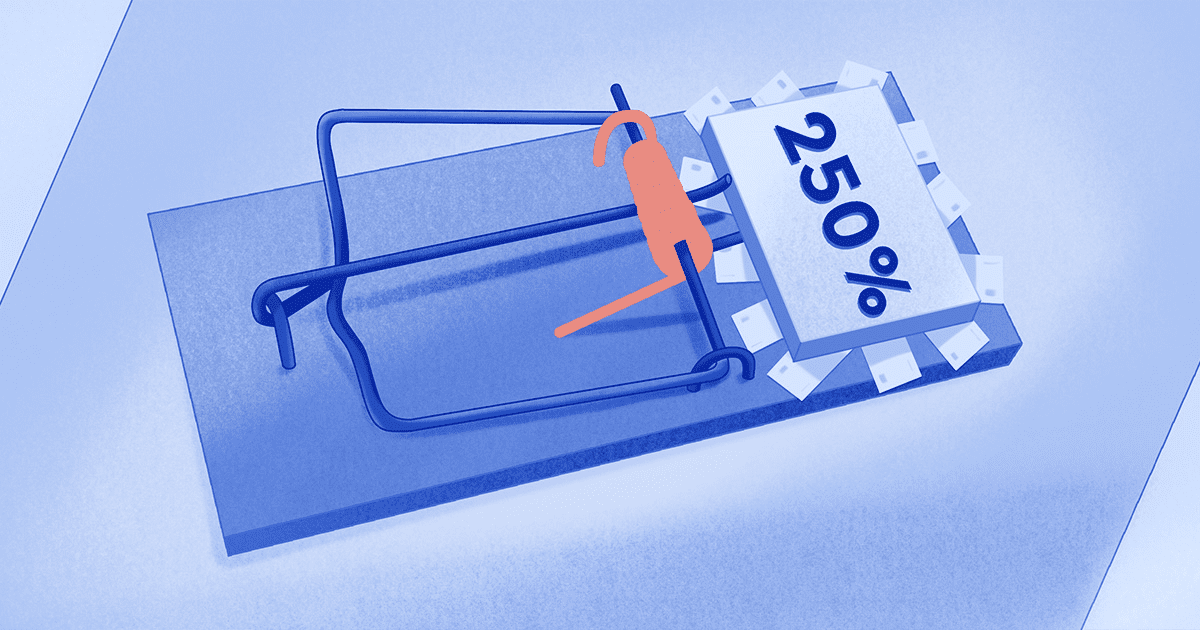Investing has become simple. Now, just a couple of clicks are enough to invest money. This is done through an app, platform, or website. Advertising promises easy profits, passive income, and minimal effort. But behind this simplicity often lies deception.
There are more fraudsters now. They know well how novice investors act. They create beautiful websites, show fake reviews and results. They use “experts” who supposedly earned millions. All this is done to get other people's money.
Financial literacy is the main way of protection. Without understanding the basics, it's easy to fall into a trap. Especially if they promise quick growth of investments and guaranteed profits. Real investments don't work like that.
It's important to remember that even a simple investment requires verification. There are no magical projects where everything grows on its own. If someone promises stable returns without risk, it's already a warning sign.
How Popular Schemes Work
Fraudsters quickly adapt to trends. Once it was gold and forex, then cryptocurrency, now it's AI and startups. The essence remains the same. Offer a “gold mine” and disappear with the money. Often, they offer to invest through a trader or bot that supposedly does everything itself. They show screenshots with earnings, promise support. In reality, the site is fake, and the money goes who knows where.

Sometimes everything looks realistic. There is even support, statistics, a personal account. But as soon as the investor decides to withdraw the money, problems begin. Commissions, verifications, failures appear. And everything ends with a loss of funds.
There are other schemes too. These are hidden commissions, complicated contracts, investment in assets that don't exist. Such projects are often professionally designed. They also often work through referrals (participants). They ask to bring other investors, promising bonuses for this. This builds a simple financial pyramid where payments are made at the expense of new deposits. But as soon as the flow of money stops, the scheme collapses.
Signs That Should Alert You
Before transferring, it's important to check the investment. Real companies always indicate where they are registered, who manages them, and how you can get your money back. Here's a list of signs that can help avoid deception:
- licenses and official details are specified;
- conditions are transparent – it's clear how much and for what is paid;
- they don't promise guaranteed profit;
- there are real names of managers, links to profiles;
- you can find reviews outside the project's website.

If the contract does not clearly describe the services, terms, rights, and risks, it means there will be no protection for the investor. It's also worth checking who you're communicating with. If they only offer to contact via messenger, don't respond to emails, or avoid calls, it's suspicious. Real companies always have open communication.
How to Save Money
Safe investments always start with verification. It's important to keep documents, screenshots, correspondence. This is necessary if problems arise. Everything related to investment should be documented. Access to the account should only be with the owner. Do not give logins, codes, or passwords to anyone. Even if they ask for “data verification.” This is a typical scam technique.

Advice from friends, recommendations in messengers are not a guarantee of reliability. Any project needs to be checked personally. An honest company does not hide how it works and what it earns on. Urgent offers are another reason to be cautious. Real safe investments do not require decisions “here and now.” They respect the client's time and allow them to think calmly.
Even if it seems the amount is small, it's still a risk. Scammers earn precisely on small transfers because they are harder to trace and less often attempted to be returned. Therefore, investments should not be taken lightly.
What to Do If the Money Is Already with Fraudsters
If investments have already been made and suspicions arise, you need to act immediately. The sooner you take action, the higher the chance to get something back. First, contact the bank and try to initiate a chargeback. Attach all evidence – receipts, screenshots, correspondence. In some cases, the bank can freeze the operation. You can also file a report with the police. Provide all the data you managed to collect. This will help start an investigation.

It's important not to wait. Fraudsters often delay responses, promising everything will be resolved. This is done to gain time and disappear. The sooner the fact is recorded, the higher the chance to stop the scheme. Additionally, it's worth warning others. Describe the situation in reviews, forums, Telegram channels. Sometimes one comment can save someone's savings. Spreading information is also a way to protect against fraudsters.
